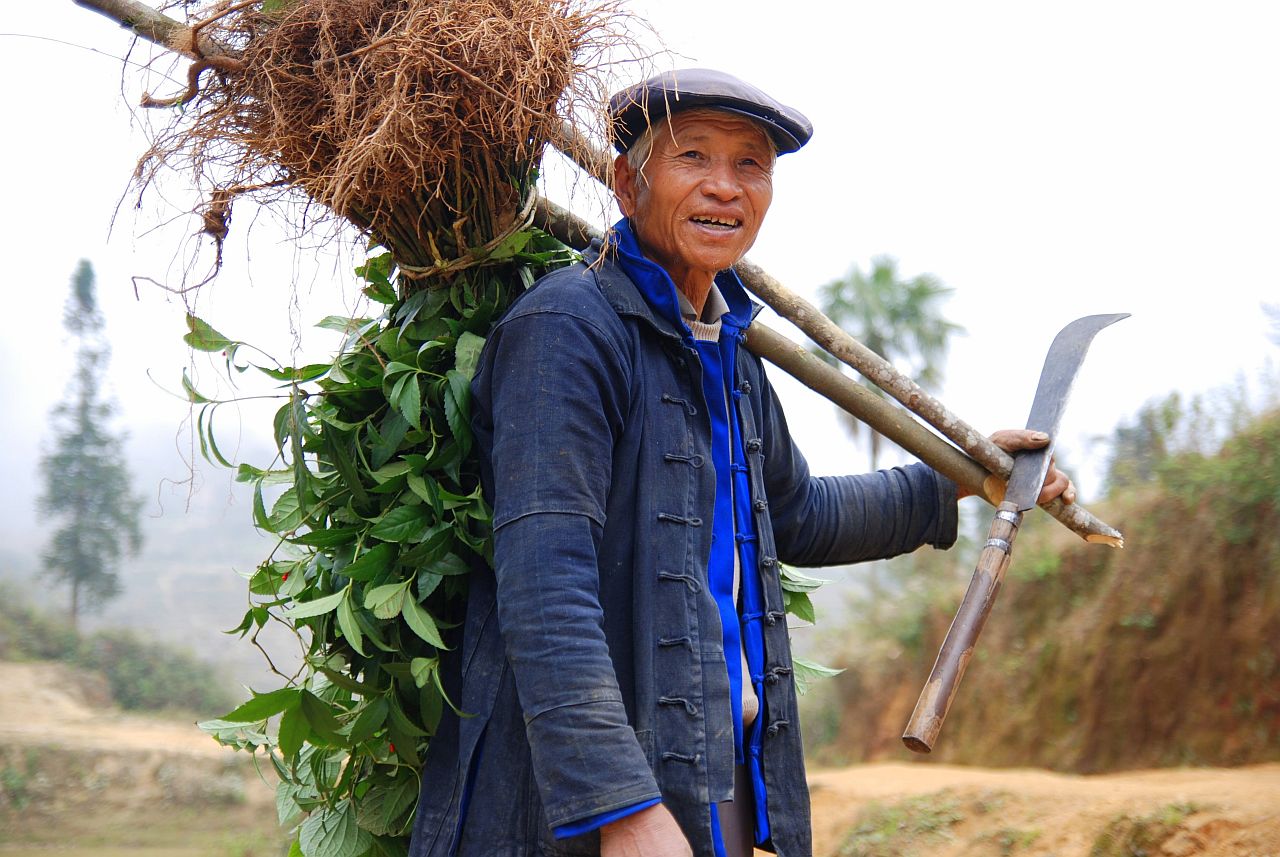It’s fascinating to see how China is poised for transformation in the Year of the Dragon, especially after the challenges it faced in the previous year. The resilience of its economy, surpassing GDP targets and contributing significantly to global growth, reflects China’s pivotal role in the world economy.
The advancements in sectors like biopharmaceuticals and agriculture showcase China’s increasing prowess in innovation and efficiency. Moreover, its presence in the global market through multinational corporations and consumer brands underscores its growing influence.
The prospects of generative artificial intelligence (GenAI) also hint at China’s commitment to technological innovation, which will likely have far-reaching implications not just domestically, but also globally.
Overall, 2024 seems poised to be a year of significant strides and opportunities for China, aligning well with the symbolism of strength and good fortune associated with the Year of the Dragon.
Innovation In Biopharmaceutical
The strides China is making in biopharmaceutical innovation are indeed remarkable, marking a significant shift towards scientific-based innovation in this sector. The country’s rapid progress across the biopharma innovation value chain, from basic research to drug discovery and clinical trial execution, showcases its emerging leadership.

The focus on scaling up experimentation and swiftly iterating on the latest technologies, such as with antibody-drug conjugates (ADCs) for cancer treatment, demonstrates China’s unique approach and its ability to leverage its talent pool and resources effectively.
Global recognition of China’s advancements in biopharma innovation is growing, with increasing partnerships and acquisitions involving Chinese products or companies. This shift reflects a newfound confidence in China’s scientific contributions and its potential to drive genuine advances in the field.
For China-based biotechs, forming partnerships with global companies presents appealing opportunities to bridge development and commercialization gaps. Some of these biotechs are poised to become global players, characterized by their competitive innovation, extensive capabilities across the value chain, global culture, and strong funding support.
Overall, China’s progress in biopharmaceutical innovation signifies its evolving role in shaping the future of healthcare and underscores its potential to make significant contributions to global health and scientific advancement.
China Rises in Agriculture
China’s agricultural ascendancy is indeed a remarkable trend with profound implications for global food security and market dynamics.
The country’s ability to produce such significant quantities of grains, vegetables, aquaculture products, and pork while utilizing a relatively small portion of the world’s arable land highlights its efficiency and agricultural prowess.

In 2024, this trend is expected to strengthen further as China continues to push for agricultural scale, industrialization, and intensification.
The notable leap in agricultural exports in 2022, coupled with stability in domestic product pricing amidst international market volatility, positions China as a formidable force in the global agricultural market.
China’s dominance in key agricultural sectors like aquaculture, vegetable, and pig production is staggering, with production levels far exceeding those of other countries.
Moreover, its increasing role in new agricultural markets, such as blueberries and kiwifruit, demonstrates its potential to diversify its agricultural exports and tap into international markets.
The country’s ongoing technological innovations in agriculture, such as automatic citrus peeling equipment, further enhance its global presence in food exports and contribute to its competitiveness in the global market.
China’s rapid advancement in the livestock sector, including the breeding and processing of pigs, broiler chickens, and dairy cows, is also reshaping regional trade dynamics and highlighting its growing influence in the meat market.
Overall, China’s agricultural dynamics are not only indicative of its internal growth but also signal a broader transformation in the global agricultural landscape.
Its strides in production efficiency, export capabilities, and agricultural innovations suggest that it will play a central role in global food security, market dynamics, and sustainable farming practices in the years to come.
Watching China’s agricultural trends in 2024 will be compelling and consequential for understanding the future of food production and distribution worldwide.
Emerging Significance of Generative AI
The growing importance of Generative AI (GenAI) in China reflects a broader trend toward technological innovation and economic growth.
The potential economic impact of GenAI, estimated at up to $2 trillion to China’s GDP, underscores its significance in various sectors such as advanced manufacturing, consumer electronics, semiconductors, and consumer packaged goods.

China’s large market size and homegrown innovations position it well to lead in the development and application of GenAI across industries like e-commerce, short video platforms, education, and the Internet of Things (IoT).
Personalization and efficiency gains are expected in areas like content creation, learning experiences, and enterprise software, where GenAI can offer tailored solutions.
Furthermore, China’s focus on AI inference at the edge, particularly in smartphones, IoT devices, and electric vehicles (EVs), demonstrates its commitment to enhancing user experiences and operational efficiency in a connected world.
However, China faces challenges in its GenAI journey, including restricted access to advanced AI chipsets and the need to improve the quality and effectiveness of its Large Language Models (LLMs).
Despite significant investments, China’s LLMs have yet to reach the performance levels seen in other parts of the world, highlighting the importance of rigorous testing and benchmarking.
Moreover, the talent gap in specialized AI expertise, particularly in enterprise settings, poses a significant challenge.
While China has a sizable pool of AI developers, the demand for individuals skilled in building AI products is expected to outpace supply by a considerable margin by 2030, emphasizing the need for continued investment in talent development and research.
Overall, China’s efforts in GenAI represent a key battleground for companies and a significant driver of economic growth and technological advancement.
Overcoming challenges in access to resources, talent, and infrastructure will be essential for China to realize the full potential of GenAI and maintain its position as a global leader in artificial intelligence.


